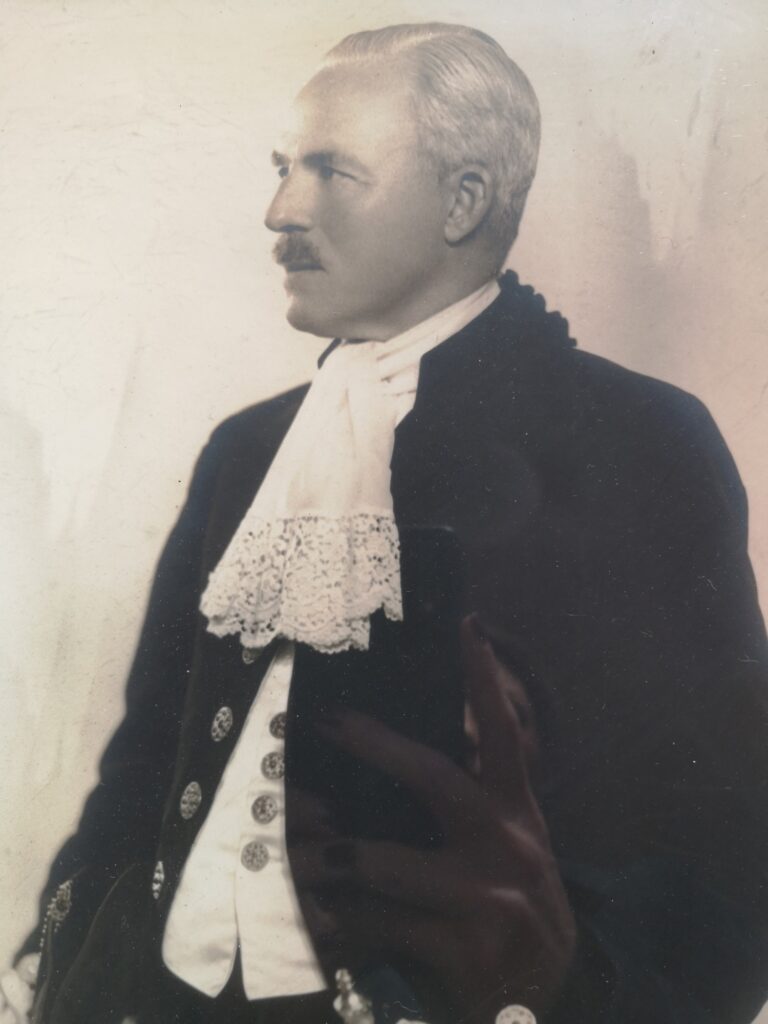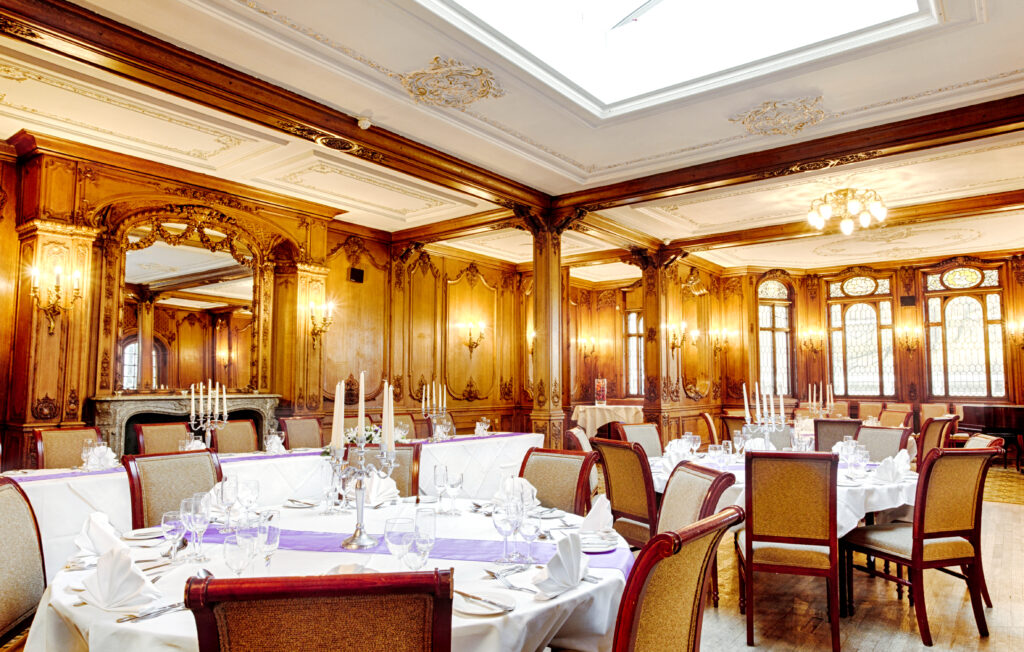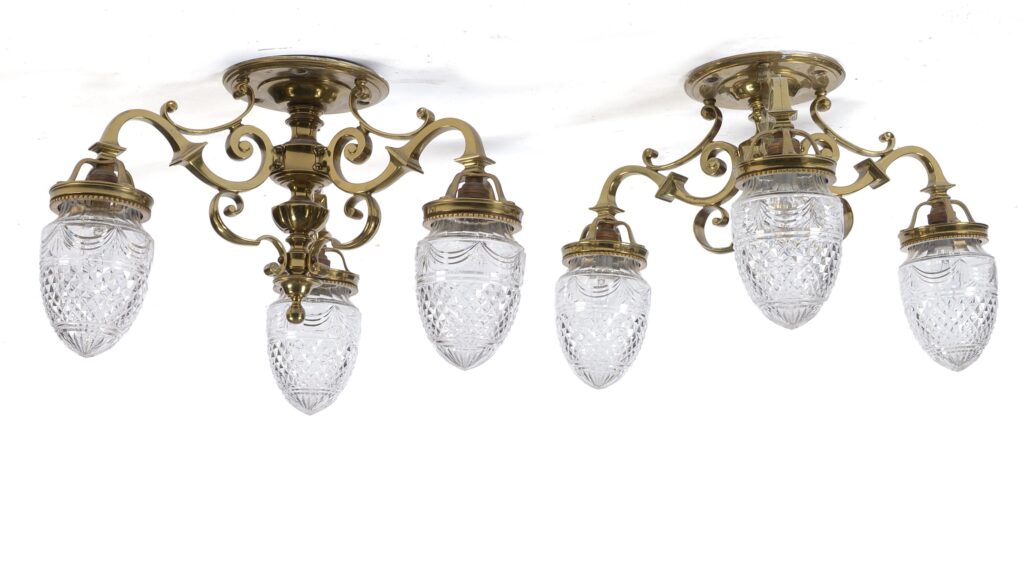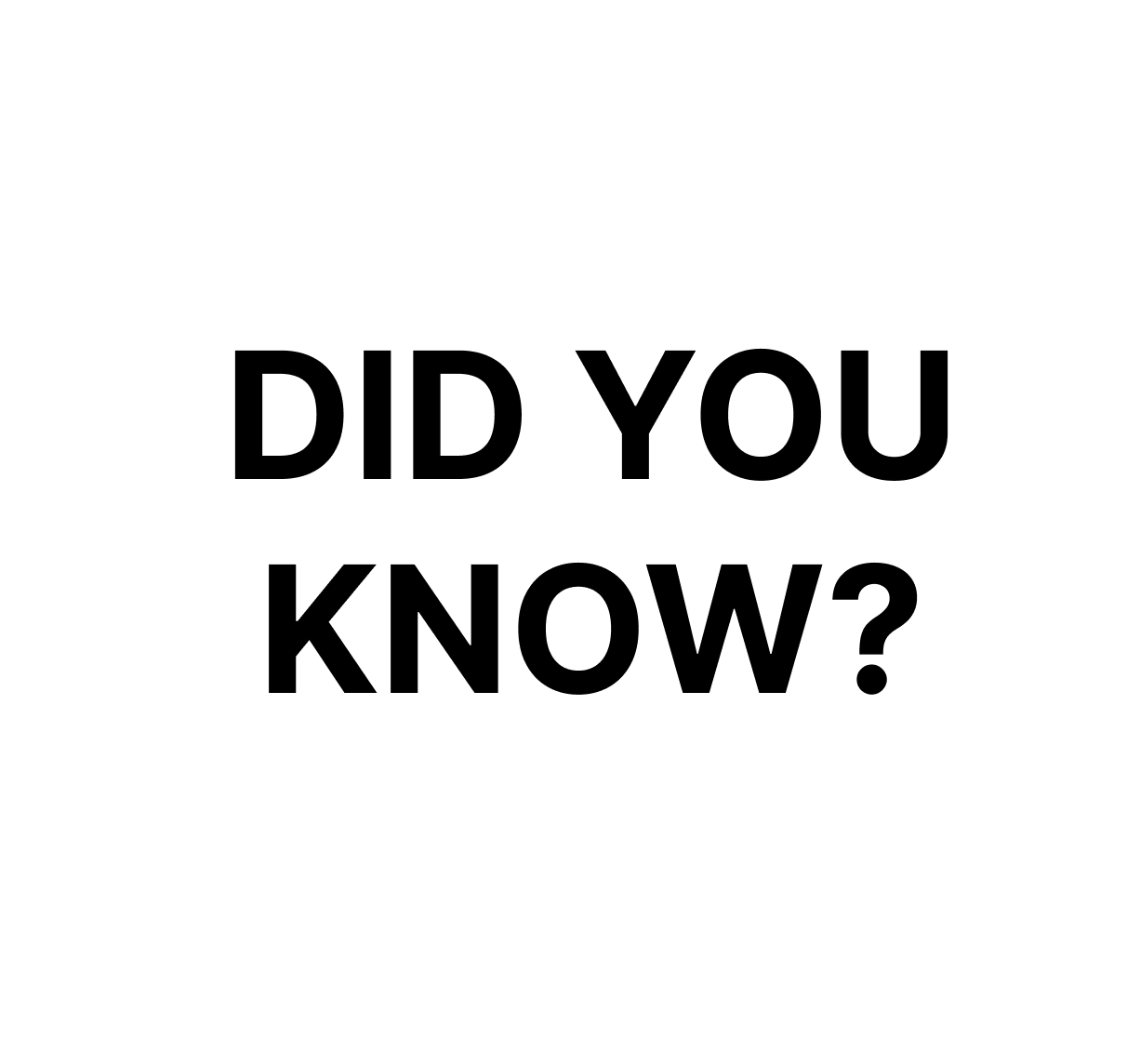
In 1907 amid great celebrations the Mauretania left the Tyne where she had been built to begin a stellar career in which she would dominate the world of the great ocean liners.
There to take one of his finest pictures was Whitley Bay photographer Gladstone Adams.
It was not his first brush with history. He also invented the car windscreen wiper and as an officer in the Royal Flying Corps in the First World War, he supervised the funeral of German ace Baron Manfred von Richtofen.
And he also became Newcastle United’s official photographer.
Mauretania captured the eastbound Blue Riband title on her maiden voyage then in 1909 claimed the westbound Blue Riband for the fastest TransAtlantic crossing.
She held both records for 20 years and was also the world’s largest ship until the 1910 launch of the Olympic, sister to the Titanic.

In 1935, the paths of both liners would cross again. That was the year Olympic steamed into the Tyne, but it was no glamour visit.
She was on her way to dock at Jarrow, to be stripped of fixtures and fittings to provide work for a town crippled by sky high unemployment and poverty during the Great Depression.
In the same year Mauretania also headed for the breaker’s yard.
The British Movietone newsreel recorded the arrival of Olympic at Jarrow, with the commentary: “All along the banks of the Tyne crowds wait to see Olympic. She will be a godsend to the many unemployed on the Tyne, providing 18 months of work and £100,000 in wages.”

Olympic had been bought for Jarrow by Guildford MP Sir John Jarvis, High Sheriff of Surrey, wealthy businessman and economist who also owned a racing stud.
On October 4, 1934, he had launched the Surrey Fund at Claridge’s Hotel in Mayfair, which raised £40,000 to fund projects to bring work and wages to Jarrow.
Sir John personally paid £97,500 for Olympic and later £108,000 for the liner Berengaria to be broken up at Jarrow in order to provide work.
He said in his maiden House of Commons speech: “As High Sheriff of Surrey, I looked round for the most difficult job in which I could help my fellow countrymen and I found it in Jarrow, the worst-hit town in the country, where three out of four men were out of work.
“I appealed to my county to start a fund to bring hope to these men.”

As part of Sir John’s measures, almost 1,000 jobless men started work on creating a park, 40,000 items of clothing and bedding were sent to Jarrow, and a sports ground for football, athletics and cycling was laid out.
Olympic was designed as a luxury ship, and for those with money in 1935, 10 days of auction sales featuring fittings from the liner proved a magnet for buyers.
Items from Olympic found their way into hundreds of homes, hotels and even a factory in Haltwhistle in Northumberland.

A taste of the Olympic can still be had in the restaurant of the same name at the White Swan Hotel in Alnwick, where diners are surrounded by panelling, mirrors and stained glass windows from the liner.
Olympic items still surface today, often from the deceased estates of the original buyers, and a recent sale by Newcastle auctioneers Anderson & Garland illustrates how prized they are.
A total of three ceiling lights from Olympic attracted interest from collectors and bidders around the world, with the fittings selling for a combined £42,650 including fees.
By the 1930’s, Douglas Smith, who owned the Haltwhistle factory site was known as the ‘Hadrian Paint works’ decided to build an administrative complex to house a boardroom, cafeteria, company offices and reception area.

Smith and his wife, Hilda, sensed an opportunity at the Olympic auctions. They snapped up a large amount of Olympic items for use in the extension at Haltwhistle and to adorn their own home.
Their purchases ranged from from tormolu and crystal light fixtures from the First Class accommodation and carvings from the ship’s grand staircase to rubberoid flooring and WCs.
Pine from Olympic’s decks was recycled as flooring and also used in the roofing in the building, with the liner’s Georgian style teak windows also gracing the factory, whose interior was furnished from panelling from the vessel.
During her career, Olympic completed 257 round trips across the Atlantic, carrying 430,000 passengers and sailing 1.8 million miles.
Passengers included the rich and famous of the day, such as film stars Charlie Chaplin, Douglas Fairbanks and Mary Pickford on their honeymoon, Marie Curie, Edward Prince of Wales and a teenage Cary Grant, who would go on to movie stardom.

Newcastle-born Admiral Lord Collingwood, hero of the Battle of Trafalgar, was accompanied on his voyages by his beloved dog Bounce,










